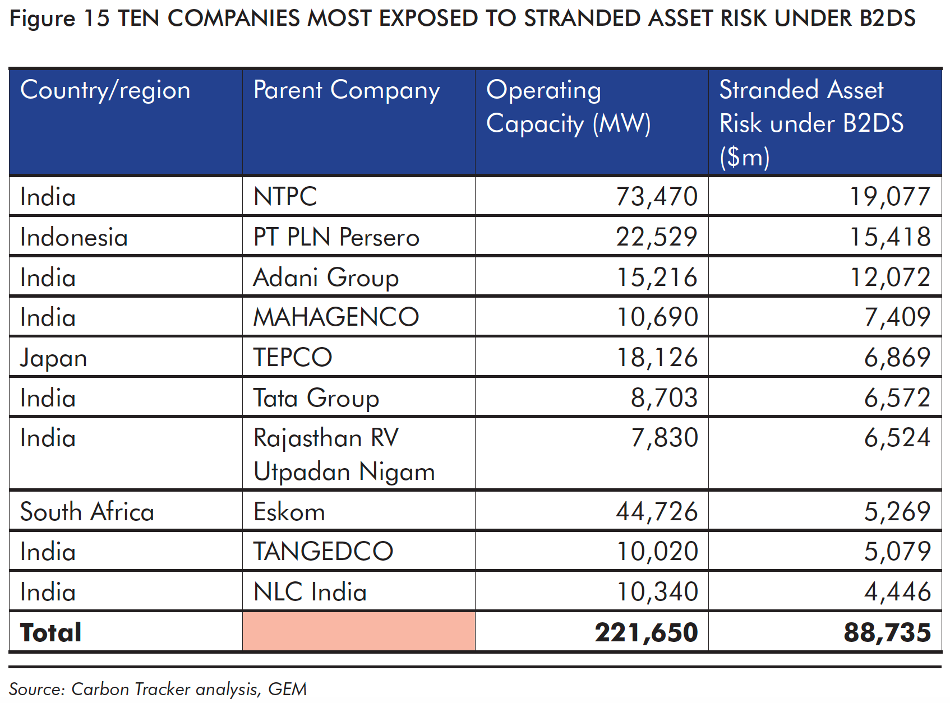By Dr. Gyan Pathak
India and China would be the most exposed countries in the world to shutting down of fossil-fuel infrastructures in the mitigation pathways to climate change, and if the existing units would continue to be operated as historically, they would entail CO2 emissions exceeding the carbon budget for 1.5 degree C, a new flagship UN report on climate change released on April 4 has warned. It insisted that global greenhouse gas emission would have to peak “before 2025 at the latest, and be reduced by 43 per cent by 2030.”
The option before the world is therefore limited, whether to shut them down or to continue with them. The report of the Working Group III (WGIII) contribution to the Sixth Assessment Report (AR6) of the Intergovernmental Panel on Climate change (IPCC) has indicated that harmful carbon emissions from 2010-2019 have never been higher in human history. It has been even cites by the UN Secretary-General Antonio Guterres as a proof and warning that the world is on a “fast track” to disaster, with scientists arguing that it’s ‘now or never’ to limit global warming to 1.5 degree C. Unless governments everywhere reassess their energy policies, the world will be uninhabitable, he warned.
IPCC has been insisting that all countries must reduce their fossil fuel use substantially, extend access to electricity, improve energy efficiency and increase the use of alternative fuels, such as hydrogen. Unless action is taken soon, some major cities of the world will be under water, heatwaves to reach unprecedented high level, terrifying storms will hit, there would be widespread water shortages, and millions of species of plants and animals would face extinction.
And this horror story would not be a fiction but realty. It is indicated in the report, if the world continue with the current energy policies. We are on a pathway to global warning of more than double the 1.5 degree Celsius limit agreed in Paris in 2015. However, climate promises were broken, and a yawning gap exists between the implementation and the pledges.
Now we need concrete action since there already exists a substantial and growing carbon lock-in today, as measured by committed emissions associated with existing long-lived infrastructure. If we are to mitigate the adverse effects of the climate change, the owner-operators of fossil-fuel infrastructure and societies many choose to retire many of them earlier than in the past, and committed emissions are thus contingent on the competitiveness of non-emitting alternative technologies and climate policy ambition. Therefore, in this mitigation pathways, some fossil-fuel infrastructure may become stranded assets, ie “assets that have suffered from unanticipated or premature write-downs, devaluations or conversion to liabilities.”
A systematic map of the literature on carbon lock-in has synthesized quantification of stranded-assets in the mitigation pathways which show first that the coal power plants are the most exposed to risk of becoming stranded. Secondly, if mitigation action is delayed, it would further increase stranded assets. And thirdly, sectoral distribution and amount of stranded assets much differ between countries.
It should be kept in mind that there is high agreement that existing fossil fuel infrastructure would need to be retired earlier than historically, used less, or retrofitted with CCS, to stay within the remaining carbon budgets of limiting warming to 1.5 to 2 degree Celsius.
Studies estimate that cumulative early retired power plant capacities by 2060 can be up to 600 GW for gas, and 1700 GW for coal. Only 42 per cent of the total capital stock of both operating and planned coal-fired power plants can be utilized to be compatible with the 2 degree C target. Moreover, Coal-fired power plants in scenarios consistent with keeping global warming below 2 degree C or 1.5 degree C will have to be retired one to three decades earlier than historically has been the case.
After coal, electricity production based on gas is also projected to be phased out, with some capacity remaining as back-up. It has been estimated that USD 541 billion worth of stranded fossil fuel power plants could be created by 2060 with China and India the most exposed, the new flagship UN report says.
It has also been suggest by some studies that stranded long-lived assets may be even more important outside the power sector. While stranded power sector assets by 2050 could reach up to USD 1.8 trillion in scenarios consistent with a 2 degree C target, there could be USD 5-11 trillion worth of stranded assets in the buildings sectors. Another study has estimated the potential value at risk for global real estate assets up to USD 21 trillion. More broadly, the set of economic activities that are potentially affected by a low carbon transition is wide and includes also energy-intensive industries, transport, and housing.
The mitigation pathways following the current NDCs until 2030 do not show a significant reduction of coal, oil, and gas use compared to immediate action pathways. The report says, if action is not taken now, but delayed, there would be higher stranded assets and the societal, economic, and political strain of strengthening action. Carbon lock-in can have a long-lasting effect on future emissions trajectories after 2030. Immediate action is the only cost-effective pathway to mitigation of climate change.
The risk of stranded assets has implications for workers depending from those assets, asset owners, assets portfolio managers, financial institutions and the stability of the financial system. Since India is likely to be two of the most exposed countries in this regard, the government obviously should plan its strategy now and look afresh on its commitment and prepone the actions that it has pledged during COP26. (IPA Service)

 The Task Is Cut Out For The CPI-M At Its 23rd Congress
The Task Is Cut Out For The CPI-M At Its 23rd Congress 